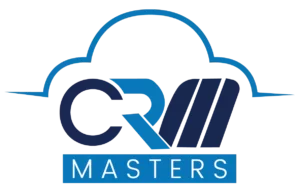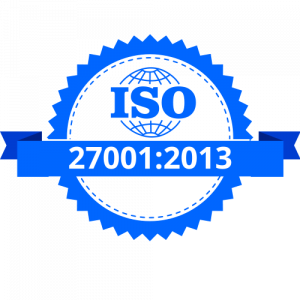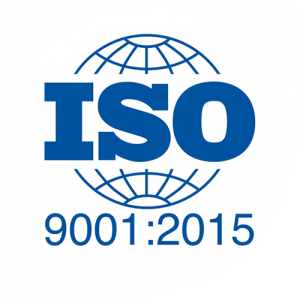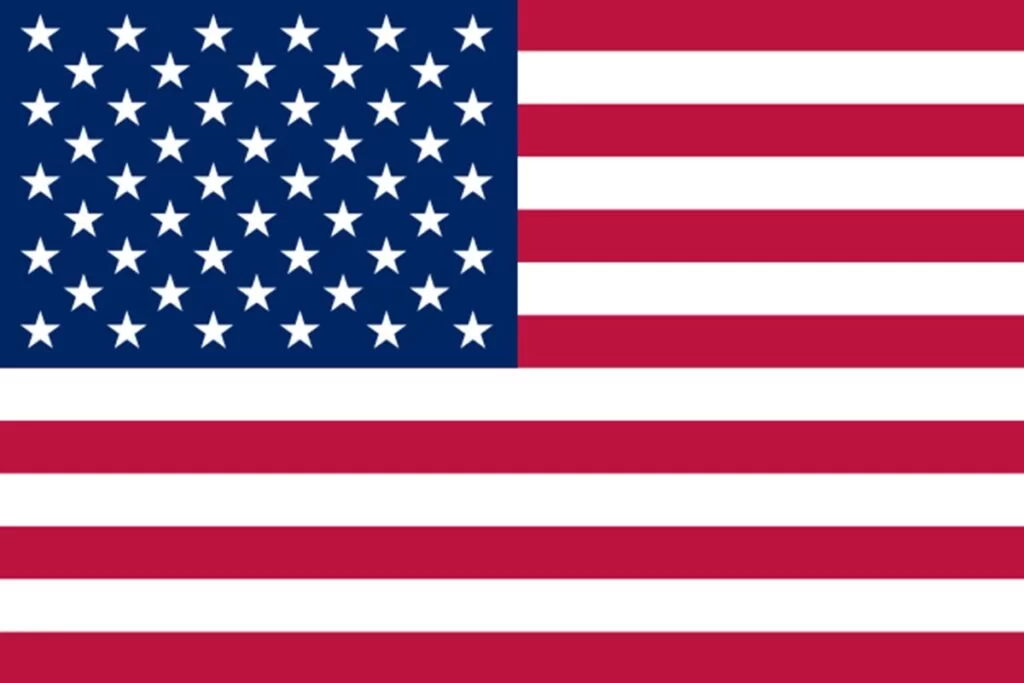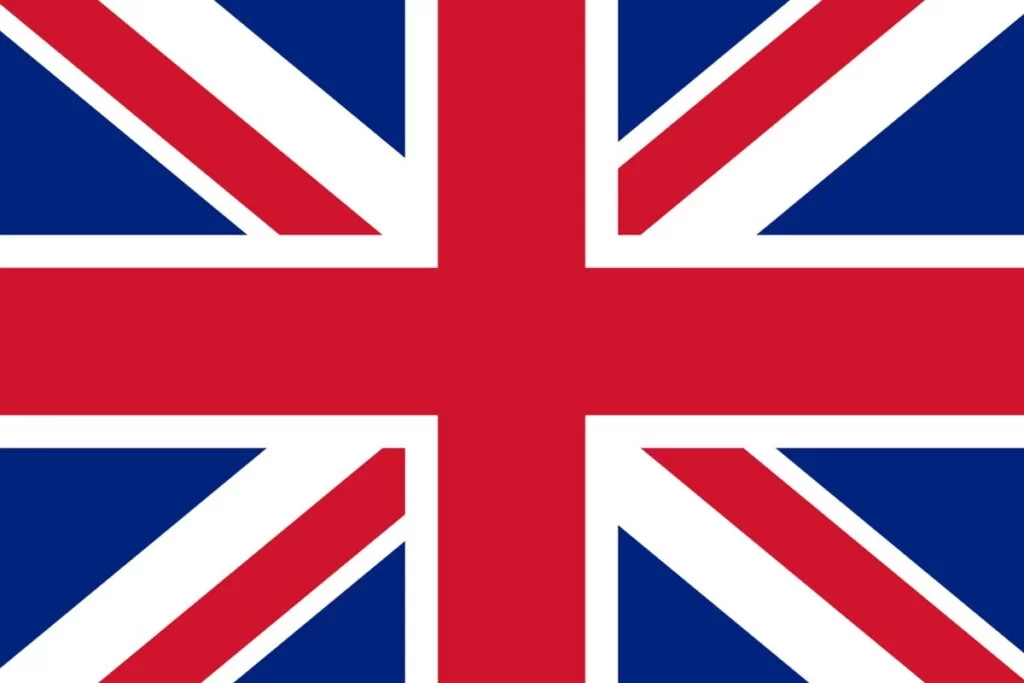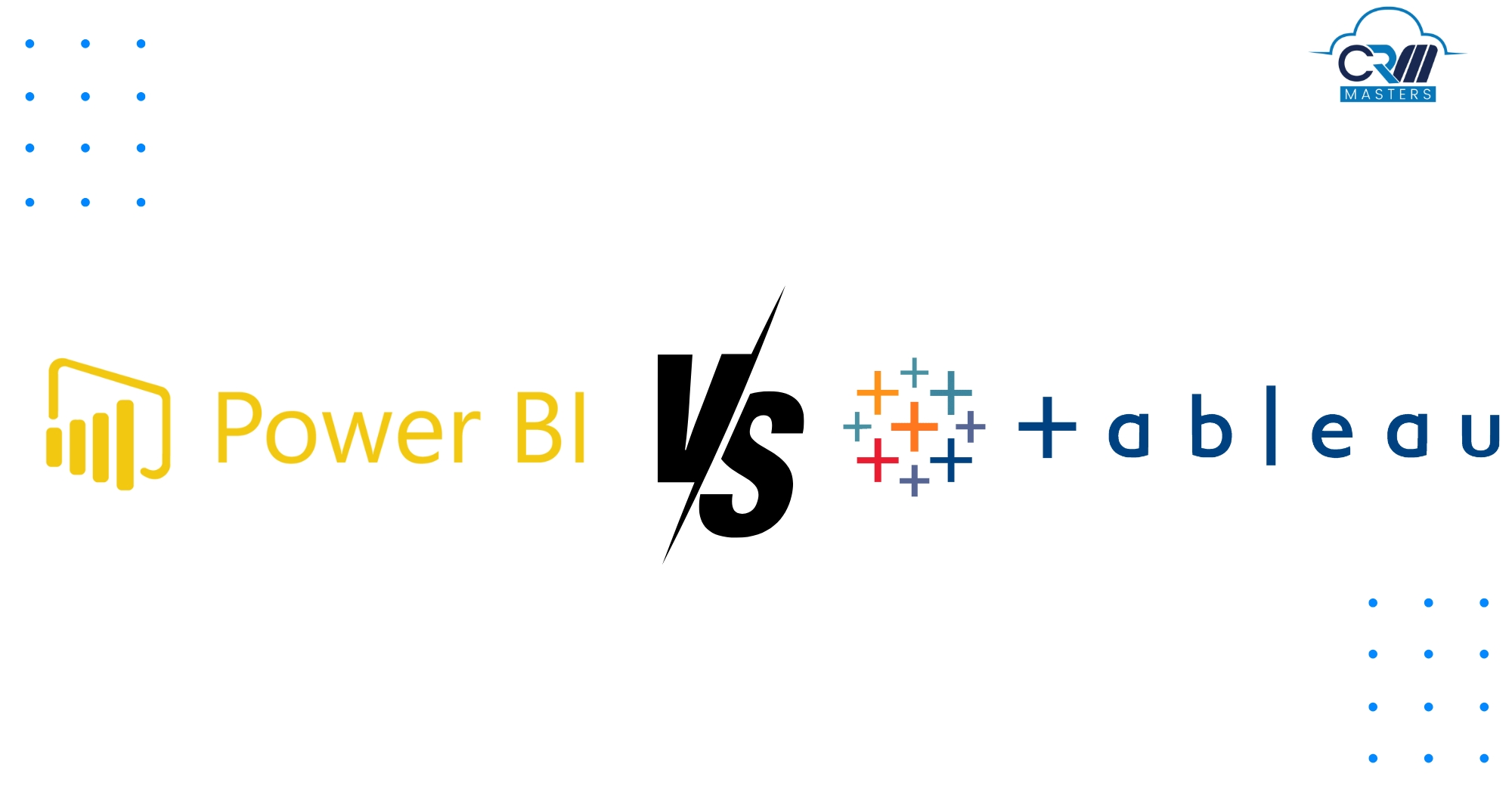
Power BI vs Tableau: Which One to Choose in 2025?
Business intelligence has been transformed with Power BI and Tableau solutions that help businesses turn raw data into interactive, actionable insights. Both of these are considered the most powerful BI tools in the market, and choosing between of two depends on your business requirements.
In this blog, we will discuss the standard and unique features, starting from the data connectivity and the Tableau and Power BI visualization capabilities, among other factors like pricing and more. As a business owner, data analyst, or decision-maker, this comparison can help you determine which tool best fits your business.
What is Power BI?
Power BI is a tool of business analytics that is produced by Microsoft. It offers data sharing and insights and enables data-based decisions. It is a go-to option for companies that rely on other Microsoft products like Azure, Office 365, and Excel and want business intelligence software that can work with those products.
It offers a range of visualization types, including real-time dashboards and high-level analytics, for your business. Additionally, you can connect your users to multiple data sources, transform data, create custom calculations, and visualize information through charts, graphs, and tables.
Power BI is available in three versions:
- Power BI Desktop – A free application for individual users to create reports.
- Power BI Pro – A cloud-based service for collaboration and sharing reports.
- Power BI Premium – An enterprise-level service with advanced features and higher data capacity.
What is Tableau?
Tableau is another leading business intelligence and data visualization tool that enables you to help people see and understand their data to make safe decisions. It allows organizations to analyze rapidly and explore significant and complex datasets using a drag-and-drop interface without requiring coding or programming skills.
Tableau connects to various data sources (databases, spreadsheets, big data platforms, cloud services). It lets users clean and transform data, make custom calculations, and discover insights through advanced analytics features.
Tableau is available in various versions, including:
- Tableau Public – You can use a free version to create and share visualizations with everyone.
- Tableau Desktop – A paid version for creating and analyzing data visualizations.
- Tableau Server – A platform for sharing, collaborating, and managing Tableau workbooks in an enterprise setting.
Also Read:- What is Salesforce Tableau CRM? How does it works?
Power BI vs Tableau: Key Feature Comparison
Both Power BI and Tableau have their strengths, but they also differ in several key areas. Here is a breakdown of their features:
1. Data Connectivity and Integration
Power BI integrates seamlessly with other tools provided in the Microsoft ecosystem (Excel, SharePoint, or Azure) and is excellent for companies that currently utilize some of them. Power BI works with different data sources such as cloud services, simple files, and databases
Tableau has a more extensive integration set that includes a broader range of connectors, like cloud-based, on-premise databases, and web. It can work with complex data models and stream data in real time, making it an excellent choice for organizations with complicated data architectures.
2. User Interface and Ease of Use
Power BI is easy to use and learn. Power BI dashboard is friendly to new users who can quickly create reports, particularly those with experience using Microsoft tools such as Excel. Its drag-and-drop interface makes visualizing your data a pretty simple task!
Tableau is harder, but it’s also offering flexibility and customization for the more advanced user. It helps users build very customized dashboards and visualizations.
3. Visuals and Reports
Power BI offers bar charts, line charts, maps, and pie charts that you can customize.
Tableau is famous for its strong and flexible visualization features. It allows users to create highly interactive, customizable visualizations. With Tableau, users can create waterfall charts, heat maps, and geographical maps.
4. Pricing
Power BI is pretty affordable. The free version helps people generate reports, while Power BI Pro, which includes collaborative features, is priced at around $9.99 per user per month. Power BI Premium is more expensive for larger organizations and includes additional options.
Tableau is more expensive than Power BI. The desktop application is part of the Tableau Creator offering, which costs around $70 per user per month. There’s also an extra charge for Tableau Server or Tableau Online, so it’s a bit more expensive for larger enterprises.
Also Read :- Microsoft Dynamics NAV vs Dynamics 365 Business Central
Some Other Features Comparison is Given Below:-
Features | Power BI | Tableau |
Advanced Analytics | DAX formulas, Power Query, AI integrations | Complex calculations, data blending, and prediction models |
Deployment | Cloud and on-premise | Primarily cloud-based with server deployment options |
Customer Support | Strong community support. | Good support, but mainly for big businesses. |
Artificial Intelligence | Built-in AI features like Power BI Q&A, AI visuals, and links to Azure ML. | Advanced AI tools with Tableau AI and connections to R and Python. |
Mobile Support | Great mobile support, with a focus on making apps work well on mobile devices. | Excellent Mobile support with a focus on mobile optimization and native apps |
Advantages and Disadvantages of Power BI and Tableau
Advantages of Power BI
1. Affordability:
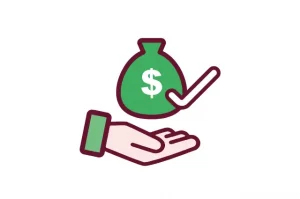
Power BI is considerably cheaper and practical for small to large companies.
2. Seamless Microsoft Integration:
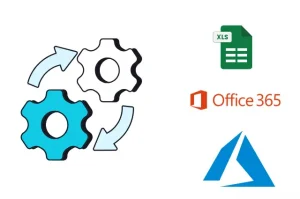
Power BI integrates effortlessly with tools like Excel, Office 365, and Azure if your organization already uses Microsoft products.
3. User-Friendly:
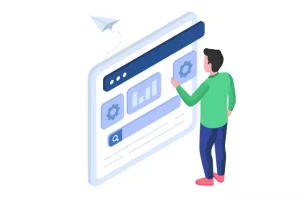
It is relatively easy to learn and use for those already comfortable with Excel.
4. Real-Time Dashboards:
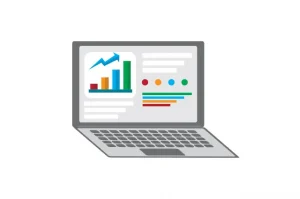
Provides real-time data reporting and dashboards.
Disadvantages of Power BI
1. Limited Visualization
It has limited visualization capabilities in the free versions
Advantages of Tableau
1. Advanced Visualizations:
Tableau is great for very interactive and customizable visualizations.
2. Scalable for Large Data:
It can work with big data sets and is more apt for business enterprise BI requirements.
3.Greater Flexibility:
Its users can create highly personalized and complex dashboards.
Disadvantages of Tableau
1. Price:
Tableau is very costly for small to large organizations.
2. Learning Curve:
Tableau is hard to learn as it may take time to get familiar with its features and full potential
Also Read:-Migrating from Quickbooks to Business Central
Which is Better Power BI or Tableau?
Choosing between Power BI and Tableau ultimately comes down to your specific business needs and objectives. Power BI shines for those deeply integrated with Microsoft products and looking for cost-effective, scalable solutions. Tableau, on the other hand, offers advanced data visualization capabilities, making it a top choice for organizations that prioritize design and in-depth analytics.
Whichever tool you choose, it depends on your business requirements. At CRM Master’s Infotech, we specialize in delivering tailored Business Central solutions that streamline your processes and enhance your data strategy.
Ready to take your data analytics to the next level?
Contact us today to learn how we can transform your business!
